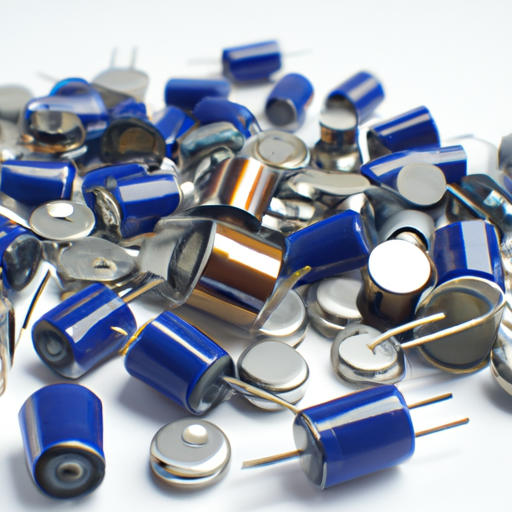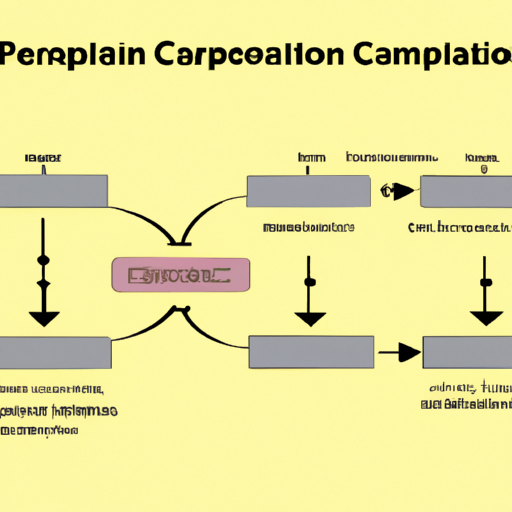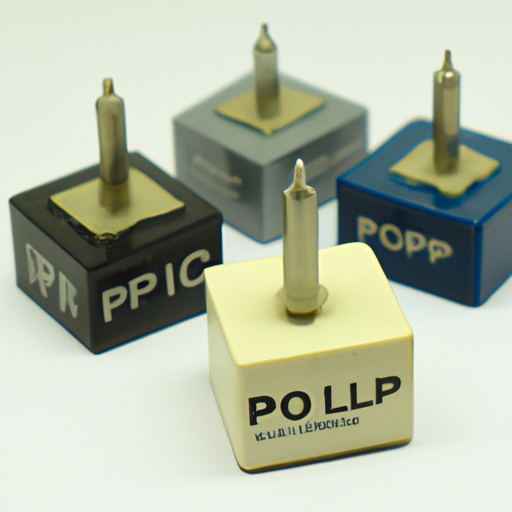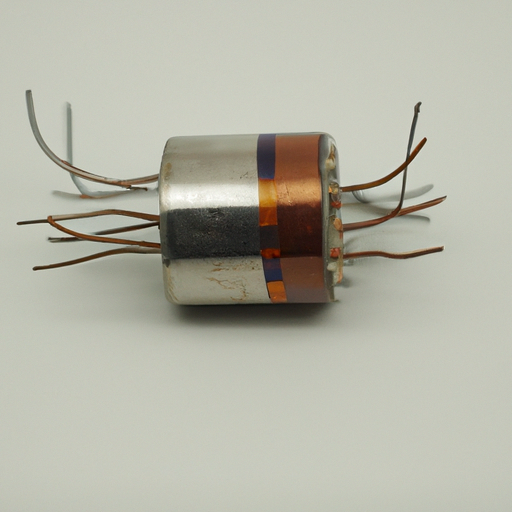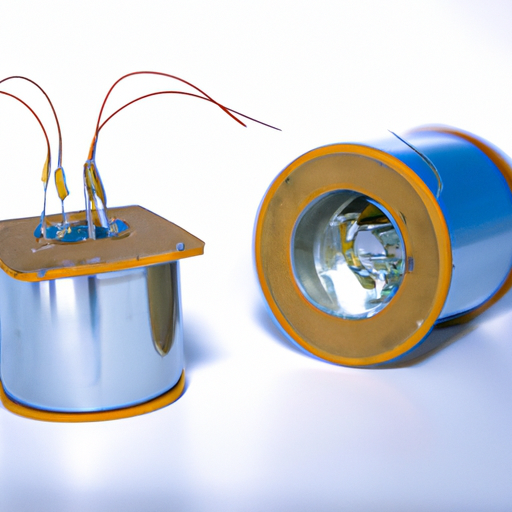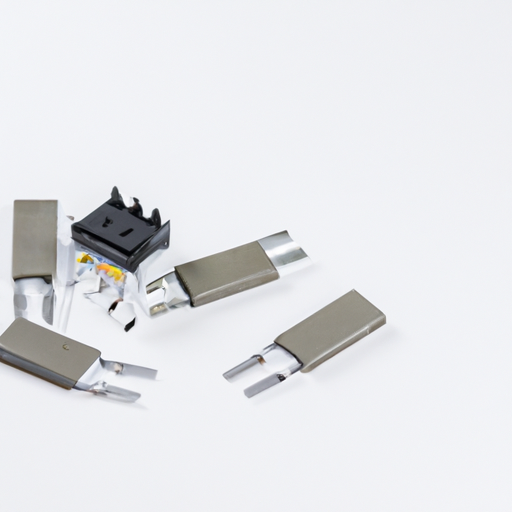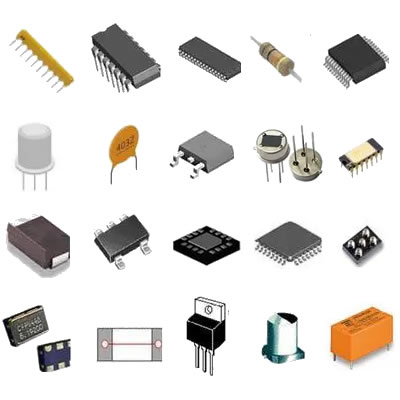What are the manufacturing processes of the latest Farali capacitors?
What are the Manufacturing Processes of the Latest Farali Capacitors?
I. Introduction
A. Definition of Farali Capacitors
Farali capacitors are specialized electronic components designed to store and release electrical energy in various applications. They are integral to modern electronics, serving functions such as energy storage, filtering, and voltage regulation. The term "Farali" may refer to a specific brand or a category of capacitors known for their high performance and reliability.
B. Importance of Capacitors in Modern Electronics
Capacitors play a crucial role in electronic circuits, enabling devices to function efficiently. They are used in power supplies, audio equipment, and communication devices, among others. Their ability to store energy temporarily allows for smoother operation and improved performance of electronic systems.
C. Overview of the Manufacturing Process
The manufacturing of Farali capacitors involves several intricate processes, from raw material selection to final assembly and testing. Understanding these processes is essential for appreciating the quality and performance of the capacitors used in various applications.
II. Types of Farali Capacitors
A. Electrolytic Capacitors
Electrolytic capacitors are polarized components that offer high capacitance values in a compact size. They are commonly used in power supply circuits due to their ability to handle large voltage fluctuations.
B. Ceramic Capacitors
Ceramic capacitors are non-polarized and known for their stability and reliability. They are widely used in high-frequency applications and are favored for their small size and low cost.
C. Film Capacitors
Film capacitors utilize a thin plastic film as the dielectric material. They are known for their excellent performance in audio and high-frequency applications, providing low losses and high stability.
D. Tantalum Capacitors
Tantalum capacitors are known for their high capacitance and reliability in compact sizes. They are often used in military and aerospace applications due to their robustness.
E. Comparison of Different Types
Each type of Farali capacitor has its unique advantages and applications. Electrolytic capacitors are ideal for power applications, while ceramic capacitors excel in high-frequency scenarios. Film capacitors are preferred for audio applications, and tantalum capacitors are chosen for their reliability in critical environments.
III. Raw Materials Used in Farali Capacitor Manufacturing
A. Dielectric Materials
1. Types of Dielectrics
The dielectric material is crucial for a capacitor's performance. Common dielectrics include ceramic, plastic film, and electrolytic solutions. Each type has distinct properties that affect capacitance, voltage rating, and temperature stability.
2. Properties and Selection Criteria
When selecting dielectric materials, manufacturers consider factors such as dielectric constant, temperature stability, and loss tangent. The right choice ensures optimal performance in the intended application.
B. Conductive Materials
1. Metals Used (Aluminum, Tantalum, etc.)
Conductive materials are essential for the electrodes of capacitors. Aluminum and tantalum are commonly used due to their excellent conductivity and compatibility with various dielectric materials.
2. Conductive Polymers
In recent years, conductive polymers have gained popularity as alternatives to traditional metals. They offer advantages such as lower weight and improved performance in certain applications.
C. Packaging Materials
1. Types of Packaging
The packaging of capacitors is vital for protecting the internal components from environmental factors. Common packaging materials include plastic, aluminum, and ceramic.
2. Importance of Packaging in Performance
Proper packaging ensures the longevity and reliability of capacitors. It protects against moisture, temperature fluctuations, and mechanical stress, which can adversely affect performance.
IV. Manufacturing Processes
A. Design and Prototyping
1. Computer-Aided Design (CAD) Tools
The manufacturing process begins with design and prototyping. Engineers use CAD tools to create detailed designs of the capacitors, allowing for precise specifications and adjustments.
2. Simulation and Testing
Before moving to production, simulations are conducted to test the design's performance under various conditions. This step helps identify potential issues and optimize the design.
B. Component Fabrication
1. Dielectric Layer Production
a. Thin Film Deposition Techniques
Thin film deposition techniques, such as sputtering and chemical vapor deposition, are used to create the dielectric layers. These methods ensure uniform thickness and high-quality dielectric properties.
b. Electrolytic Processes
For electrolytic capacitors, the dielectric layer is formed through an electrolytic process, where an oxide layer is created on the surface of the anode.
2. Electrode Fabrication
a. Metal Foil Techniques
Electrode fabrication often involves metal foil techniques, where thin sheets of conductive material are cut and shaped to form the capacitor's electrodes.
b. Sputtering and Vapor Deposition
Sputtering and vapor deposition techniques are also employed to create electrodes with precise dimensions and properties.
C. Assembly Process
1. Layer Stacking
Once the dielectric and electrodes are prepared, they are stacked in layers to form the capacitor. This process requires precision to ensure optimal performance.
2. Encapsulation Techniques
After stacking, the capacitors are encapsulated using various techniques to protect them from environmental factors. This step is crucial for ensuring the longevity and reliability of the capacitors.
D. Quality Control and Testing
1. Electrical Testing
Quality control is a critical aspect of capacitor manufacturing. Electrical testing is conducted to ensure that the capacitors meet specified performance criteria.
2. Environmental Testing
Environmental testing evaluates the capacitors' performance under various conditions, such as temperature and humidity, to ensure reliability in real-world applications.
3. Reliability Testing
Reliability testing involves subjecting capacitors to stress tests to assess their long-term performance and durability.
V. Innovations in Farali Capacitor Manufacturing
A. Advances in Materials Science
Recent advancements in materials science have led to the development of new dielectric and conductive materials, enhancing the performance and efficiency of Farali capacitors.
B. Automation and Robotics in Manufacturing
The integration of automation and robotics in manufacturing processes has improved efficiency and precision, reducing production costs and time.
C. Sustainable Manufacturing Practices
Sustainability is becoming increasingly important in capacitor manufacturing. Companies are adopting eco-friendly practices, such as using recyclable materials and reducing waste.
D. Impact of Industry 4.0 on Capacitor Production
The rise of Industry 4.0 has transformed capacitor production, enabling real-time monitoring and data analysis to optimize manufacturing processes and improve product quality.
VI. Challenges in Manufacturing Farali Capacitors
A. Material Sourcing and Supply Chain Issues
Manufacturers face challenges in sourcing high-quality materials, which can impact production timelines and costs.
B. Meeting Regulatory Standards
Compliance with regulatory standards is essential for capacitor manufacturers. Meeting these standards can be complex and requires ongoing investment in quality control.
C. Balancing Performance and Cost
Manufacturers must balance performance and cost, ensuring that capacitors meet customer expectations while remaining competitively priced.
D. Environmental Concerns
Environmental concerns are increasingly influencing manufacturing practices. Companies must address issues related to waste management and resource consumption.
VII. Future Trends in Farali Capacitor Manufacturing
A. Emerging Technologies
Emerging technologies, such as nanotechnology and advanced materials, are expected to drive innovation in capacitor manufacturing, leading to improved performance and new applications.
B. Market Demand and Growth Projections
The demand for capacitors is projected to grow, driven by advancements in consumer electronics, renewable energy, and electric vehicles.
C. Potential for New Applications
As technology evolves, new applications for Farali capacitors are emerging, including energy storage systems and electric vehicle components.
VIII. Conclusion
A. Summary of Key Points
The manufacturing processes of Farali capacitors involve a complex interplay of design, material selection, and precision engineering. Understanding these processes is essential for appreciating the quality and performance of these critical components.
B. The Role of Farali Capacitors in Future Technologies
As technology continues to advance, Farali capacitors will play a vital role in enabling new innovations and applications across various industries.
C. Final Thoughts on Manufacturing Processes
The future of Farali capacitor manufacturing is bright, with ongoing innovations and a focus on sustainability. As manufacturers adapt to changing market demands and technological advancements, the potential for growth and improvement in capacitor performance remains significant.
IX. References
A. Academic Journals
- Journal of Electronic Materials
- IEEE Transactions on Components, Packaging and Manufacturing Technology
B. Industry Reports
- Market Research Reports on Capacitor Industry Trends
- Global Capacitor Market Analysis
C. Manufacturer Specifications and Guidelines
- Farali Capacitor Product Catalogs
- Technical Specifications from Leading Manufacturers
---
This blog post provides a comprehensive overview of the manufacturing processes of the latest Farali capacitors, highlighting their importance in modern electronics and the innovations shaping their future.

